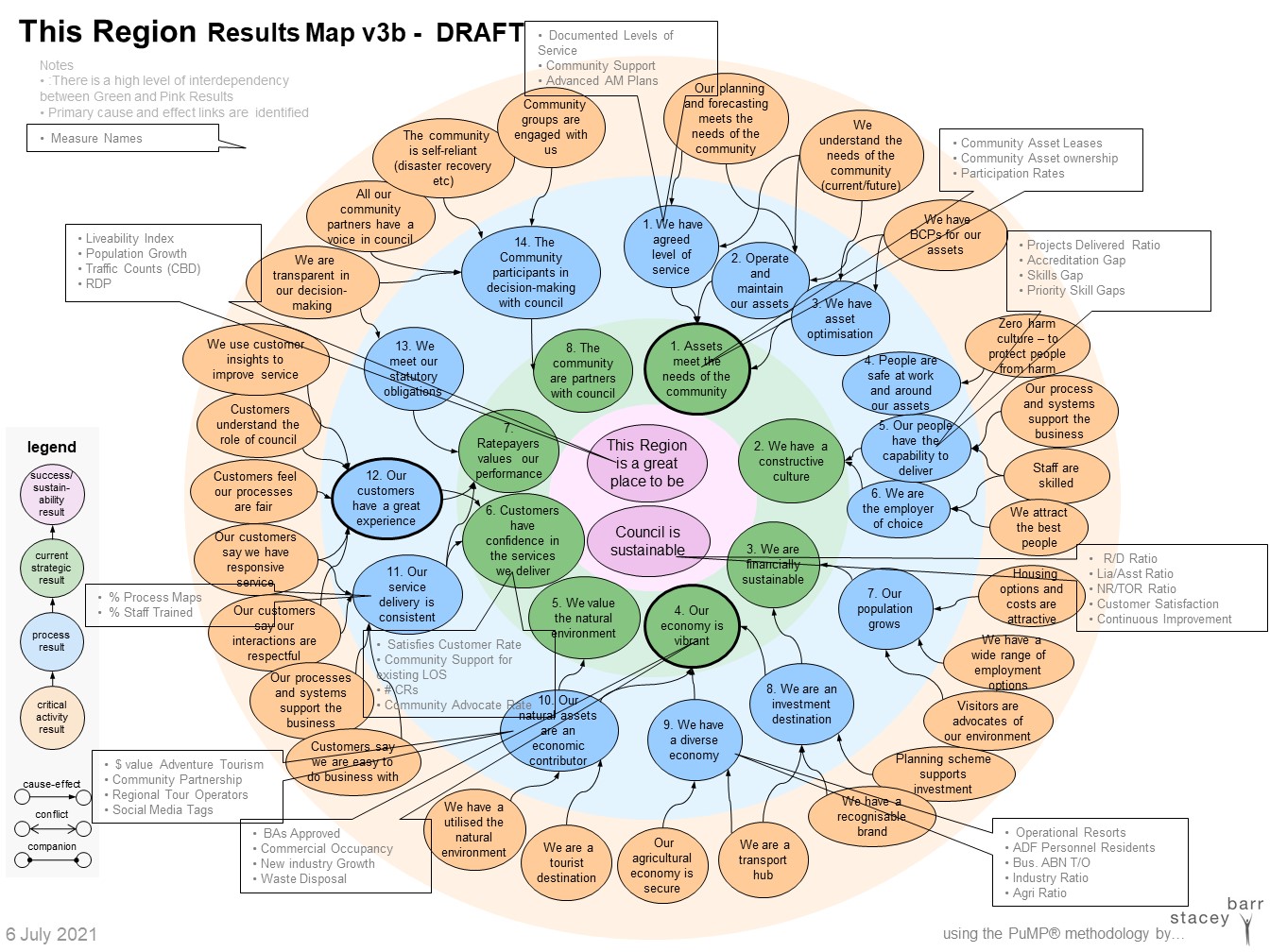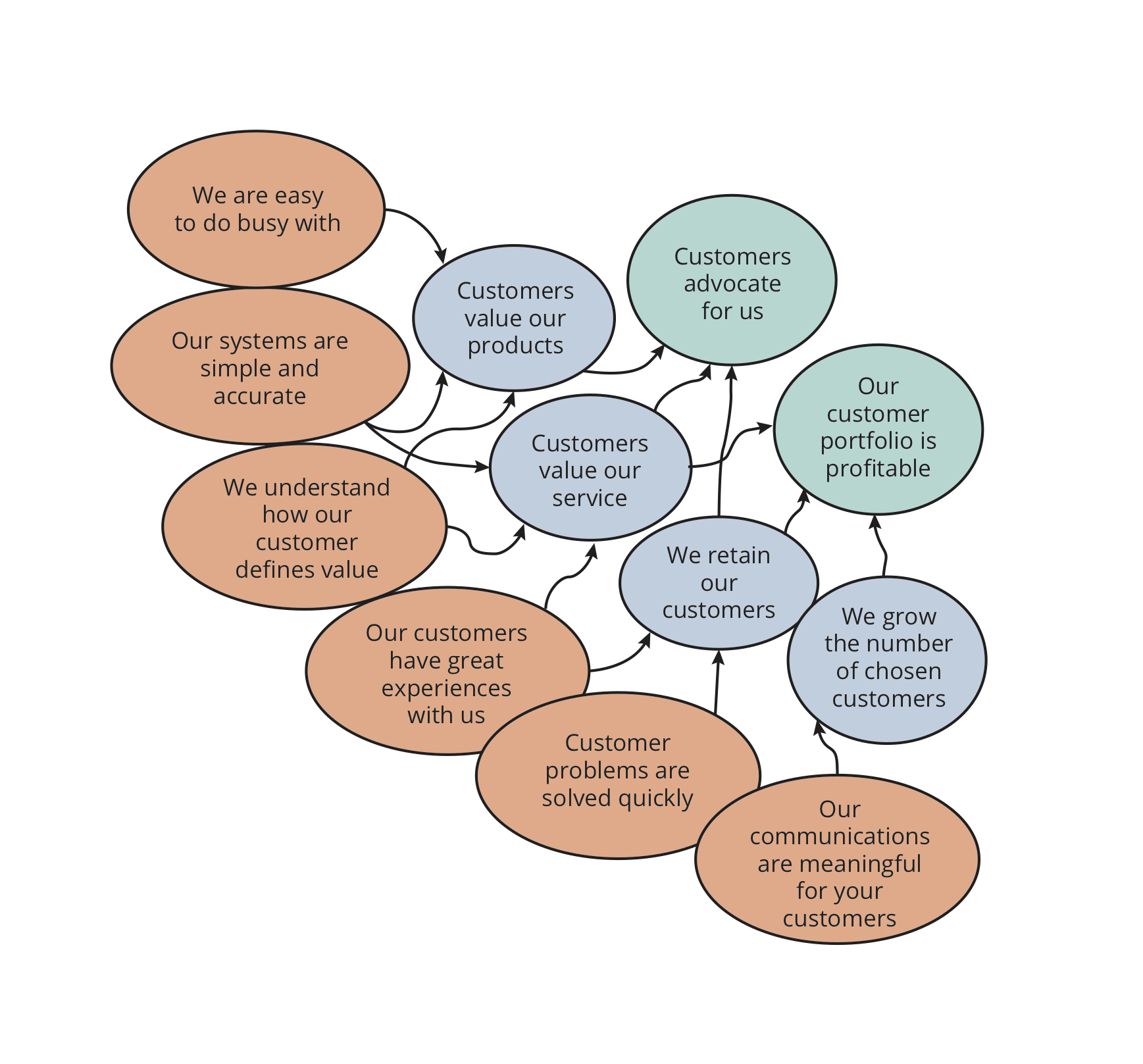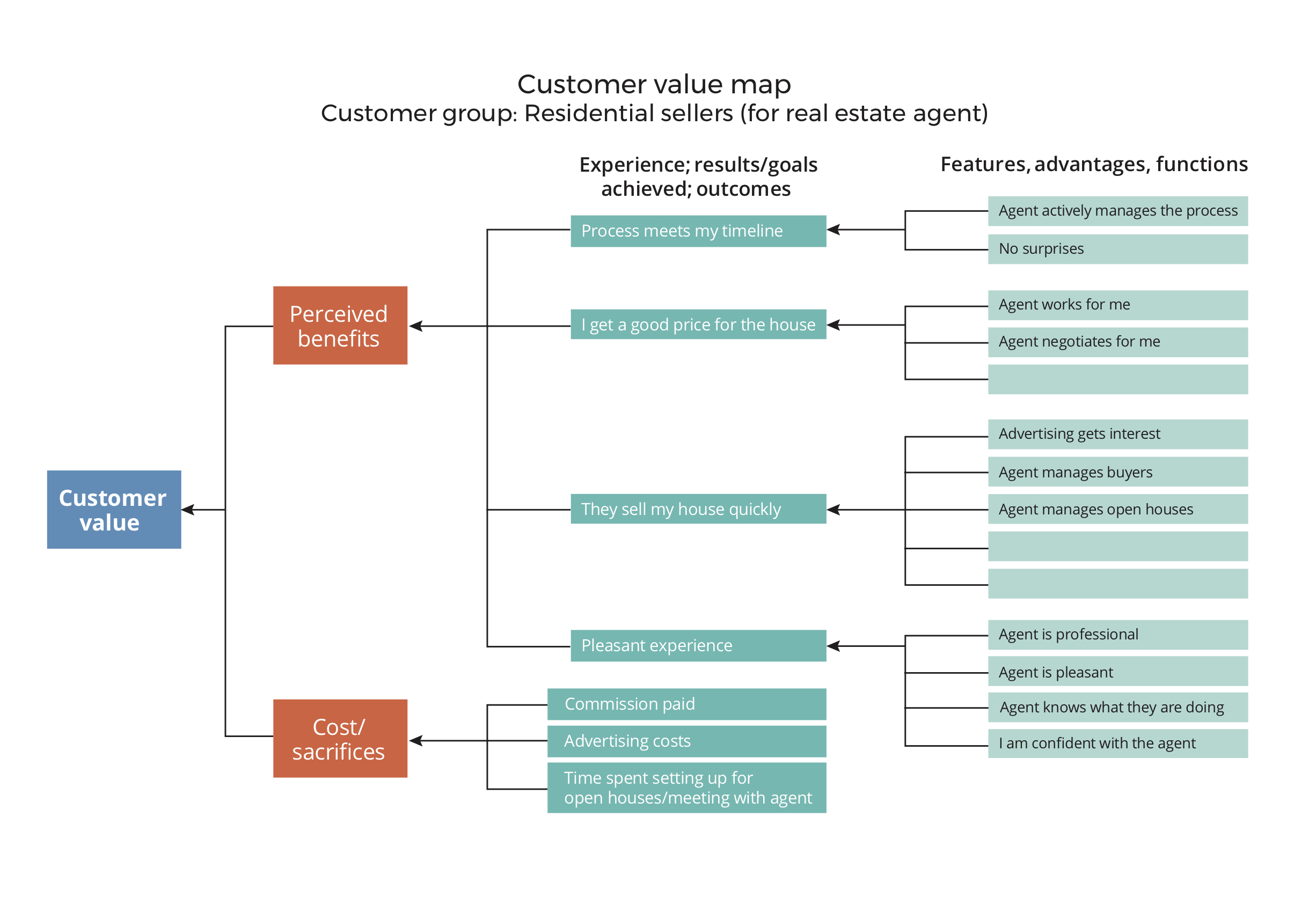This article examines why we need to unpack complexity to unlock performance improvement learnings.
Then we look at two techniques that can help us unpack complexity.
When the complexity of what we are aiming to achieve is unpacked, only then can we use performance improvement tactics to progress towards the results and outcomes we seek.
Success is the progress we make and the learnings we discover on the journey.
We need to unpack the complexity.
Background
Geoffrey Garret was Dean at the Wharton (Business) School and his last year was 2020. In his message to the graduating class of 2020, he provided three suggestions for leaders.
- “Be humble. Humility is a powerful human virtue. I think it’s an incredibly important part of leadership.”
- Be open. Not only “transparent and authentic”, but importantly: “we need are leaders who can unpack complexity…”
- Be committed. “You can’t have a disconnect between leaders and the people who work with them.”
It’s this idea of unpacking complexity, that I feel is incredibly important and, that we have to unpack here.
Geoffrey Garret said in his address:
The world is a dizzyingly complex place. What we need are leaders who can unpack complexity, and do so in a way that presents simple realities without being simplistic and without talking down to anybody.
This is so true.
And to do this we need methods that allow us to unpack these complexities.
Whether it is about trying to measure complex outcomes, or moving from a generic definition of “customer” to specific customer groups. Unpacking the complexity of these things or vague concepts, brings clarity which enables us to figure out how to make progress and improvement.
Common pitfalls that maintain complexity
Too many leaders speak in vague terms that creates confusion rather than clarity. Rather than providing a clear outcome for everyone to focus on working towards, there is ambiguity and arguments ‘around the water-cooler’ (or on other internal communication platforms). Which in turn produces wasted effort/energy and frustration.
Or similarly leaders speak in complex terms that likewise creates debates on what is meant rather than bringing clarity of purpose and direction. People working on ‘how to get there’ are then confused about how to unpack the complex terms when there is no further guidance.
Potentially worse still – leaders prescribe specific action.
The focus is on the action rather than what the action is intended to achieve. Loyal followers can perform the action but completely miss the mark in terms of the intended outcome. Additionally, these loyal followers don’t have any ownership of the action, it was delegated to them.
Another pitfall is over-simplification.
Often leaders will say, “these are the seven KPIs (targets) for us this year!” The problem: success is defined as hitting a set of numbers. There are likely to be many pathways to hitting those numbers, some through improvement, others not so (gaming the measure or system that produces the measure). Are any of the numbers in conflict with each other…? By making progress on one target do this have a detrimental effect on another target…? How do we resolve these conflicts…?
Here is another pitfall to consider, finite goals.
Leaders can often ‘judge success’ based on finite goals, targets hit by certain dates (often related to financial budgets or planning periods).
Simon Sinek, in his book, The Infinite Game (2019) expands on this in great detail. How leaders tend to ‘play a game that is finite, with an end point’, like in sport.
However, our organisations exist on an infinite horizon. We are constantly striving towards making progress towards fulfilling our purpose, mission or vision.
Success is the progress we make and the learnings we discover on the journey.
We need to unpack the complexity.
Let’s look at a couple of techniques I use to gain greater clarity so that we can focus on what to improve.
Results Mapping
This is a technique within Stacey Barr’s PuMP® (performance measurement) methodology.
The key principle in understanding what performance is doing, is to understand causality.
Results Mapping entails articulating the series of measurable results (or outcomes) that happen in a cause-and-effect manner to move you closer towards realising the result (or results) at the end of the causal-chain. Which really are the results that come from the realisation of your vision, mission or purpose
Results are not actions, projects or initiatives. These things are typically designed to have an impact on the result.
Focus on the Result
By focusing on the result we can select (and experiment with) the most meaningful actions or initiatives that will move us towards the change in the results we are looking for. Learning as we go.
Within the PuMP® methodology we use the Results Map as a framework for the measurement system. Performance measures are then designed and selected for each result. And in this way we develop a causal framework of measurement, giving measures structured around the causal layers of results (see more about this here).
Here is an example (this one is a local government):

It shows how the results that teams achieve contribute to the overall, organisational outcomes or results.
Because the map is looking at the results the organisation is aiming on working towards, it is clearer than listing all the actions and projects that are designed to have an impact on the results.
You can map an entire organisation onto one map.
Therefore, unpacking the complexity of what we are doing, into a causal framework.
The causality is then tested, through may cycles of performance improvement.
Customers and Results
Here is another example. Here the complexity of the results; Customers advocate for us – and – Our customer portfolio is profitable – is unpacked into a set of causal, measurable results.
Where we then focus our efforts is in measuring and understanding the current level of performance across this set of results. From there we can prioritise our efforts on the areas that we feel will have the biggest impact. Take the action and check the measures for the level of impact. What did we learn..?
Success is the progress we make and the learnings we discover on the journey.

The example above is from page 128 in Profit by Design (article the book page).
Those two results at the end of the chain above, would then flow into – or contribute to – the realisation of the organisation’s vision, mission and/or purpose.
Customer Value Map
Customer Value is another complex element that needs to be unpacked (read more here).
Another example of unpacking complexity is using the Customer Value Map.
Here is the Customer Value Map from my book, Profit by Design, (page 60).

Starting from the left we can see that the customer (or client) has a perception of value. As we know this perception of value is influenced by all sorts of (non-conscious) biases (based on the work of Dan Ariely, Daniel Kahneman, Richard Thaler, or Daniel Levitin and others).
What lies behind the customer’s perception of value is their individual trade-of between value and the costs/sacrifices.
Value can then be unpacked into the ‘branches and roots’ of the source of that value. Which branch has the most impact on the perception of value? Referencing the example customer map above, they are never equal.
Same with costs/sacrifices. Actual economic cost, time, physical and emotional effort.
Once we have unpacked the complexity of customer’s perception of value, we can measure each ‘branches and root’ to find the leverage points to deliver greater value as perceived by customers.
Customer Value is another complex element that needs to be unpacked. When we understand it to this level of detail, then performance improvement efforts will have greater impact.
When we have unpacked the complexity of customer value, we then have a framework that allows us to progressively work through performance improvement efforts to learn how we make progress towards the results week.
Call to action
The world around us is a complex system.
We have to make the effort to unpack the complexity so that we can make progress towards making the world, and our world a better place than today.
To achieve performance improvement in our organisations, we need to unpack the complexity of what we are trying to achieve.
What are the causal stepping stones that will help us move forward from our current level of understanding?
What will fuel our learning about how to make progress?
Don’t allow your organisation to use vague concepts for things that important.
Unpack the complexity to enable performance improvement.
Success is not a finite goal. It is the progress we make and the learnings we discover on the journey.
What are some of the complexities you are dealing with…?
A note on the feature image:
(by Li Fei on Unsplash)
I have become acutely aware recently of how complex and incredibly fragile marine reefs are. The Great Barrier Reef off the Queensland coast, the Barrier Reef off Noumea and the thousands of reefs around the world are extremely complex systems, fragile environments that are in danger of being destroyed.
Scientists and researchers unpack the complexity of these systems to best understand how to reduce the loss and risk to these reefs.
“Fifty-one billion is how many tons of greenhouse gases the world typically adds to the atmosphere every year…. to stop the warming and avoid the worst effects of climate change… humans need to stop adding greenhouse gases to the atmosphere.”
Bill Gates, How to avoid a climate disaster, (2021) page 3.



